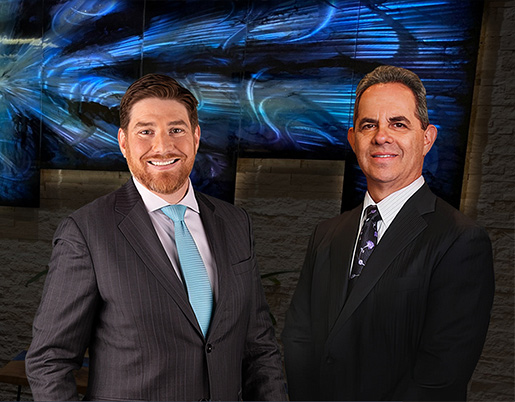BMW North America, LLC (BMW) will be contacting the owners of certain 2022 i4 and 2022-2023 iX electric vehicles equipped with hybrid electric powertrains. These vehicles do not meet the requirements of the Federal Motor Vehicle Safety Standards (FMVSS) for “Control and Displays.” A software problem could affect the information that shows up on the Central Information Display (CID) of the vehicle’s console.
BMW first became aware of the problem in May 2022, during a quality check at the BMW vehicle assembly plant. Testers noticed that important safety warning messages were not showing up on the CID display during certain test configurations. They began an investigation that looked at vehicle build configurations, packages, options and other design features. BMW also investigated other vehicle types which were thought to have a production release involving the same software configuration. The investigation included an assessment of the Head Unit software functionality when the vehicle was in normal operating mode, and when the vehicle was placed in valet parking mode.
According to the defect report, a programming/coding issue was not allowing the display of certain warning messages in the CID, while in valet parking mode. BMW reviewed vehicle assembly information and supplier production records to determine the number and production dates of potentially affected vehicles. On June 29, 2022, BMW decided to conduct a recall. BMW has not aware of any accidents or injuries that may be related to this issue. Almost seven thousand vehicles are affected by this recall.
The vehicles affected by this problem include:
| 2022-2023 BMW iX xDrive40 |
| 2022-2023 BMW iX xDrive50 |
| 2022-2023 BMW iX M60 |
| 2022 BMW i4 eDrive40 |
| 2022 BMW i4 M50 |
Owners receiving recall notices will be asked to contact their BMW dealer to have the CID display’s head unit software updated. The NHTSA campaign number for this recall is 22V-483.








